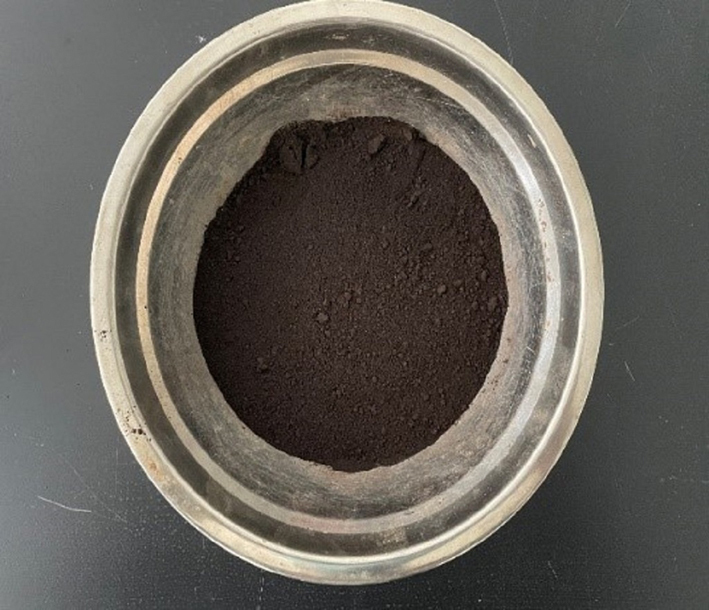Research on the shrinkage performance and pore characteristics of flexible solidified silt based on solid waste
1
Qilu Expressway Company Limited, China
2
Shandong Transportation Institute, China
3
RoadMainT Company Limited, China
4
Department of Qilu Transportation, Shandong University, China
Submission date: 2024-04-02
Final revision date: 2024-07-09
Acceptance date: 2024-08-13
Publication date: 2025-09-16
Corresponding author
Archives of Civil Engineering 2025;71(3):145-163
KEYWORDS
TOPICS
ABSTRACT
This study aimed to verify the effect of solidification materials based on solid waste on the shrink-age performance of silt, the main raw materials of solid waste were red mud, zeolite powder, and matrix asphalt. Temperature shrinkage and drying shrinkage tests were conducted to compare and analyze the shrinkage characteristics using three kinds of solidification materials (2%, 4%, and 6%), with 6% cement-solidified soil and plain soil used as control. The results showed that the solidification material based on solid waste effectively reduced the temperature shrinkage strain and temperature shrinkage coefficient of soil; moreover, the material had good resistance to temperature shrinkage deformation. A drying shrinkage test showed that the addition of solidification materials based on solid waste considerably improved the early water retention capacity of the test soil. The water loss process mainly occurred in the first 7 days of the test. Meanwhile, the addition of the solidification material considerably reduced the drying shrinkage strain and drying shrinkage coefficient of the test soil, and the effect was more obvious as the content amount in-creased. Through NMR and CT scanning tests, the pore size and pore volume of the solidified material mixed with solid waste were found to be significantly reduced. The dominant pore size ranged from 0.01 μm to 1 μm. The solidification material based on solid waste improved the crack resistance of the soil, providing a new reference measure for subgrade and roadbed fillers, as well as a new means for the recycling of solid waste.
We process personal data collected when visiting the website. The function of obtaining information about users and their behavior is carried out by voluntarily entered information in forms and saving cookies in end devices. Data, including cookies, are used to provide services, improve the user experience and to analyze the traffic in accordance with the Privacy policy. Data are also collected and processed by Google Analytics tool (more).
You can change cookies settings in your browser. Restricted use of cookies in the browser configuration may affect some functionalities of the website.
You can change cookies settings in your browser. Restricted use of cookies in the browser configuration may affect some functionalities of the website.




